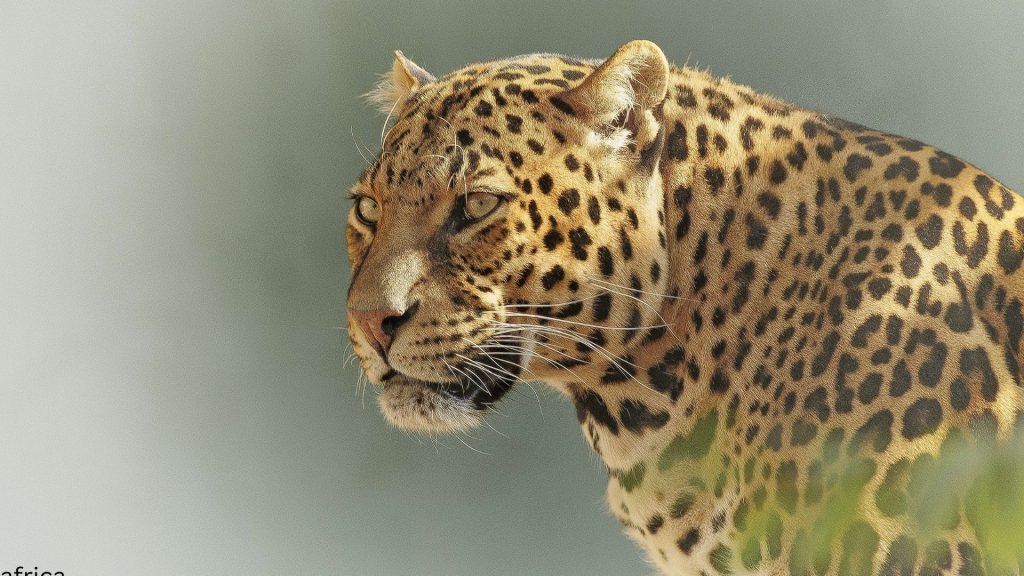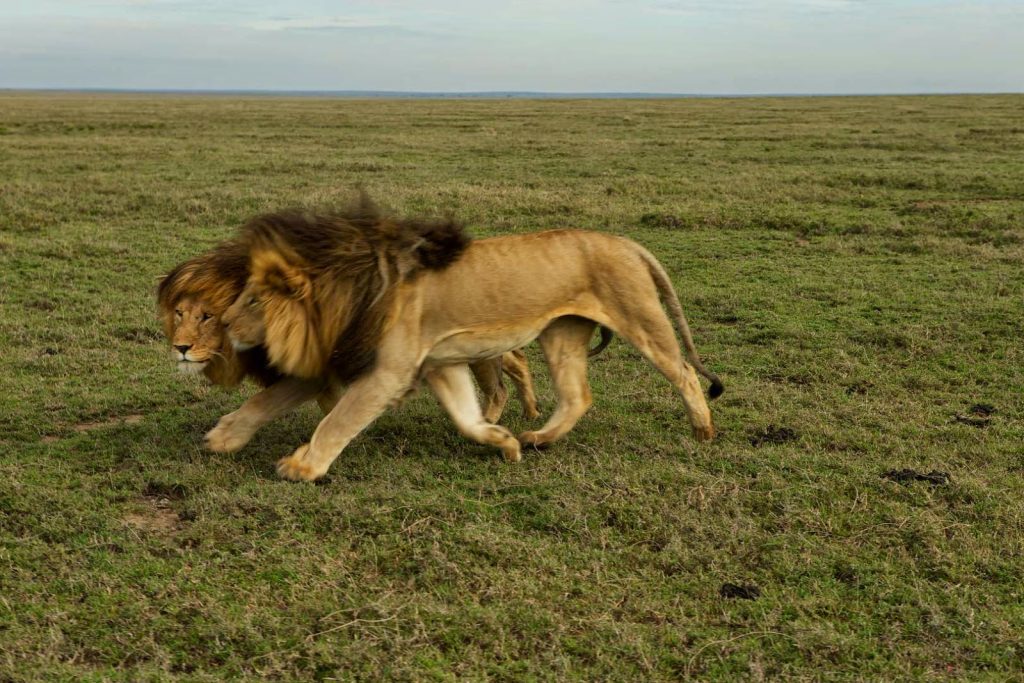Mahale National Park
Mahale Mountains National Park, Tanzania
Description
Located in the remote western part of Tanzania, Mahale Mountains National Park is one of the most picturesque places in Tanzania. The park borders Lake Tanganyika, one of the oldest and deepest lakes in the world.
Getting to the park is an adventure, as it is accessible only by air and boat. There are no roads in the park, only forest paths through the lush vegetation. This park is a hiker’s paradise, but most importantly,y it is a chimpanzee paradise. Mahale is a haven for primates, with chimpanzee trekking one of the prime reasons for visits.
The park is teeming with life, rivers and waterfalls are everywhere, and around the shoreline of the lake are the most unspoiled white sandy beaches anyone could imagine.
Highlights
Remoteness, primate-trekking, hiking, snorkeling, and bird watching.
Mahale is home to nine species of primates, including the yellow baboon, red colobus, blue monkeys, and the red-tailed monkey, as well as 73 other mammals.
Mahale contains at least the world’s largest protected population (approx. 700-1000) of the eastern subspecies of Chimpanzee.
Size
The area contains at least 337 bird species, many of which are rare and endemic to the Albertine Rift. E.g., Pel’s fishing owl.
One of the unusual things about Mahale is the wide variety of habitat types that it contains. The park is a mosaic of overlapping rainforest, woodland, bamboo forest, Montane forest, and mountain grasslands, meaning that Mahale can support a unique mix of flora and fauna that rely on the various habitats.
Mahale contains 8 (Possibly 9) primates in addition to chimps; these are yellow baboons, blue monkeys, red colobus, pied colobus, and vervet monkeys, two or three species of Galago.
Lake Tanganyika, which is part of Mahale, is both the world second second-longest and second-deepest freshwater lake, being 673km in length and 60-80km in width.
The freshwater
The fish fauna of Lake Tanganyika is one of the most diverse in the world. The Lake is home to at least 400 species of fish, about 250 of which are cichlids, and 98% of which are endemic (they occur nowhere else on earth)
The chimpanzee trek takes visitors on a wild adventure through the misty forests. Hikes can vary between 30 minutes for the first sightings to up to 3 hours. During these walks, hikers also have the chance to spot other animals such as roan and sable antelope, mongoose, warthog, and sometimes even lion and leopard. Crocodiles are also known to live in the park. Hippos are sometimes sighted in Lake Tanganyika, swimming in crystal clear waters. The amphibian and reptile worlds of Mahale have still not been thoroughly researched, but from what is known, there is a minimum of 20 species of amphibians and 26 reptile species.
With almost 355 species of birds, the park will satisfy both amateur and serious birders. On the sandy beaches, one can spot pelicans and different storks as well as malachite kingfishers, pied kingfishers, and fish eagles. Closer to the forests, Livingston’s turacos, Narina trogons, crested guinea fowls, and blue-cheeked bee-eaters can be seen.
The lake has over 250 endemic fish species and can be seen while snorkeling in shallow waters.
Activities
Mahale is not just about chimpanzee-trekking; it offers the perfect balance of wildlife viewing as well as relaxing at the lake. Kayaking, snorkeling, and fishing on the clear waters of Lake Tanganyika add an extra dimension to a visit to Mahale. For those looking to spend more time in the forests, hiking is an option. Climb (2-3 days) to the peak of the Mahale Mountains, Mt. Nkungwe (2,462 m).



